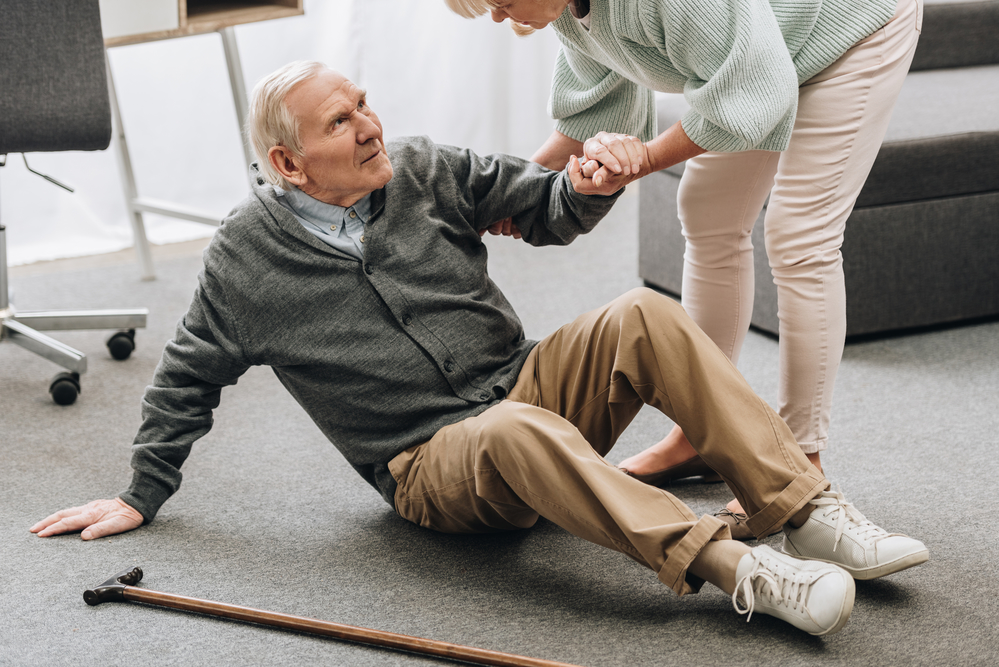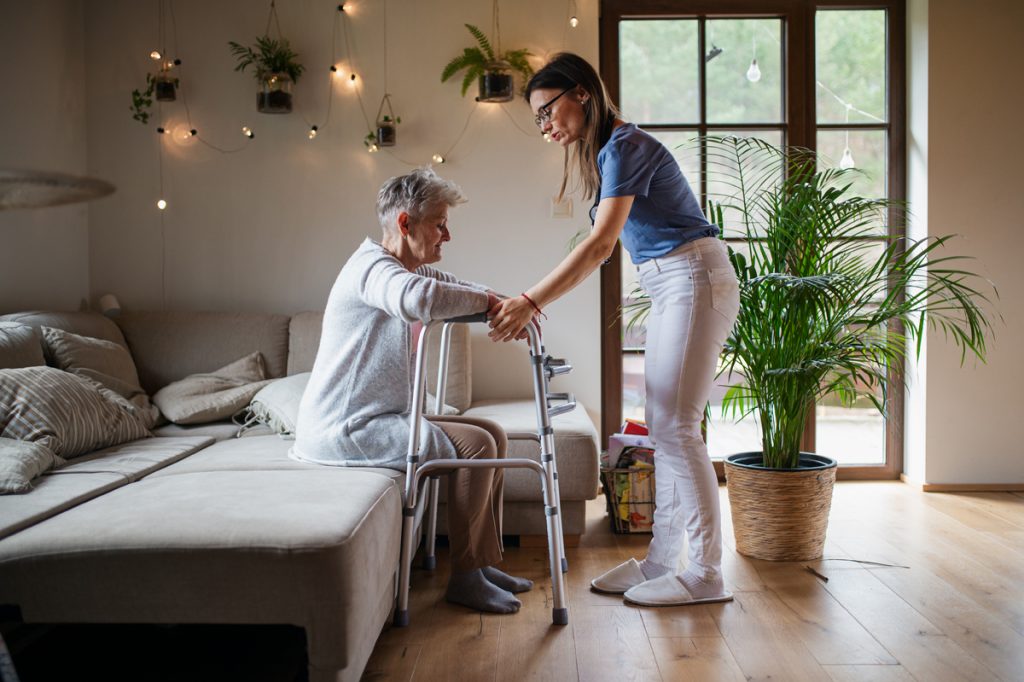Getting Your Home Ready For Knee Or Hip Surgery
The Government website Medlineplus offers the following advice on preparing your home for knee or hip surgery. You can see the original article, here.
Before you go to the hospital for surgery, set up your home to make your recovery and life easier when you come back. Do this well in advance of your surgery.
Ask your health care provider or physical therapist about getting your home ready.
Make It Easy for Yourself
Make sure everything you need is easy to get to and on the floor where you will spend most of your time. Limit your stair use to once a day.
- Have a bed that is low enough so that your feet touch the floor when you sit on the edge of the bed.
- Set up your bed on the first floor if you can. You may not need a hospital bed, but your mattress should be firm.
- Have a bathroom or a portable commode on the same floor where you will spend most of your day.
- Stock up on canned or frozen food, toilet paper, shampoo, and other personal items.
- Make or buy single meals that can be frozen and reheated.
- Make sure you can reach everything you need without getting on your tiptoes or bending down low.
- Put food and other supplies in a cupboard that is between your waist and shoulder level.
- Place glasses, your teapot, and other items you use a lot on the kitchen counter.
- Make sure you can get to your phone. A portable phone can be helpful.
- Place a chair with a firm back in the kitchen, bedroom, bathroom, and other rooms you will use. This way, you can sit when you do your daily tasks.
- If you will be using a walker, attach a sturdy bag or a small basket. Put in it the things you need to have close by such as your phone, a notepad, a pen, and other necessary items. You can also use a fanny pack.
You may need help bathing, using the toilet, cooking, running errands, shopping, going to provider visits, and exercising. If you do not have someone to help you at home for the first 1 or 2 weeks after surgery, ask your provider about having a trained caregiver come to your home. This person can also check the safety of your home and help you with your daily activities.
Other items that may help:
- A shower sponge with a long handle
- A shoehorn with a long handle
- A cane, crutches, or a walker
- A reacher to help you pick up things from the floor, put on your pants, and take off your socks
- A sock aid to help you put on your socks
- Handle bars in the bathroom to allow you to steady yourself
Bathroom Setup
Raising the toilet seat height will keep you from flexing your knee too much. You can do this by adding a seat cover or elevated toilet seat or a toilet safety frame. You can also use a commode chair instead of a toilet.
You may need to have safety bars in your bathroom. Grab bars should be secured vertically or horizontally to the wall, not diagonally.
- DO NOT use towel racks as grab bars. They cannot support your weight.
- You will need two grab bars. One helps you get in and out of the tub. The other helps you stand from a sitting position.
You can make several changes to protect yourself when you take a bath or shower:
- Put non-slip suction mats or rubber silicone decals in the tub to prevent falls.
- Use a non-skid bath mat outside the tub for firm footing.
- Keep the floor outside the tub or shower dry.
- Place soap and shampoo where you do not need to stand up, reach, or twist.
Sit on a bath or shower chair when taking a shower:
- Make sure it has rubber tips on the bottom.
- Buy a seat without arms if it is placed in a bathtub.
Avoiding Falls
Keep tripping hazards out of your home.
- Remove loose wires or cords from areas you walk through to get from one room to another.
- Remove loose throw rugs.
- Fix any uneven flooring in doorways. Use good lighting.
- Have night lights placed in hallways and rooms that can be dark.
Pets that are small or move around may cause you to trip. For the first few weeks you are home, consider having your pet stay elsewhere (with a friend, in a kennel, or in the yard).
DO NOT carry anything when you are walking around. You may need your hands to help you balance. Use a small backpack or fanny pack to carry things such as your phone.
Practice using a cane, walker, crutches, or a wheelchair. It is especially important to practice the correct ways to:
- Sit down to use the toilet and stand up after using the toilet
- Get in and out of the shower
- Use the shower chair
- Go up and down stairs
Alternative Names
Hip or knee surgery – getting your home ready; Osteoarthritis – knee
References
Niska JA, Petrigliano FA, McAllister DR. Anterior cruciate ligament injuries (including revision). In: Miller MD, Thompson SR, eds. DeLee and Drez’s Orthopaedic Sports Medicine. 4th ed. Philadelphia, PA: Elsevier Saunders; 2015:chap 98.
Rizzo TD. Total hip replacement. In: Frontera WR, Silver JK, Rizzo TD, eds. Essentials of Physical Medicine and Rehabilitation. 4th ed. Philadelphia, PA: Elsevier; 2019:chap 61.
Weinlein JC. Fractures and dislocations of the hip. In: Azar FM, Beaty JH, Canale ST, eds. Campbell’s Operative Orthopaedics. 13th ed. Philadelphia, PA: Elsevier; 2017:chap 55.
Review Date 11/5/2018
Updated by: C. Benjamin Ma, MD, Professor, Chief, Sports Medicine and Shoulder Service, UCSF Department of Orthopaedic Surgery, San Francisco, CA. Also reviewed by David Zieve, MD, MHA, Medical Director, Brenda Conaway, Editorial Director, and the A.D.A.M. Editorial team.
Related Posts




